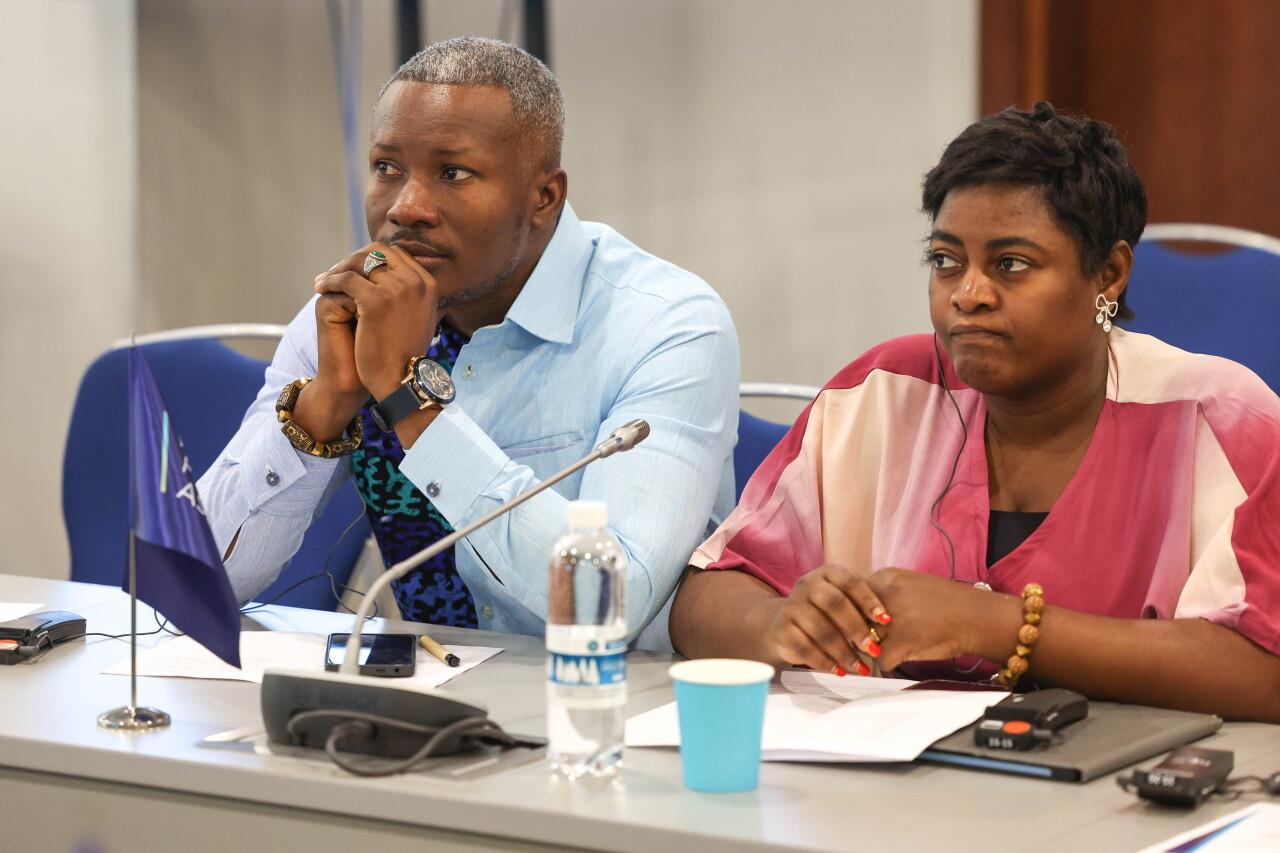Traditions as a Resource for the Future: Crafts and Culture Drive Dialogue at World Public Assembly

Moscow, Russia - September 21, 2025
The First World Public Assembly hosted one of its most vibrant sessions with the international round table “Traditions as a Resource for the Future”, bringing together artisans, cultural figures, and public organization representatives from Australia, Zambia, India, Kazakhstan, Mexico, Russia, and Turkmenistan.
The discussion highlighted how crafts and traditions can become a driving force for sustainable development, social cohesion, and intergenerational dialogue. The event emphasized that cultural heritage is not just a relic of the past but a living, strategic, and deeply human resource that opens the doors to the future.
Carolina Gaspar, Director of the Mexico–Russia Cultural Center, captured the sentiment of the panel:
“Culture is not the past, but the present, which opens the doors to the future. It is a living, strategic, and deeply human resource.”
Kazakh poet and public figure Izden Anar added:
“Traditions today are innovations yesterday. Innovations today are traditions of tomorrow.”
Experts agreed that culture must be nurtured collectively, with Kevin Murray, Vice President of the World Union of Crafts (Australia), stating:
“Culture is a garden. And a garden needs three elements: diversity, protection, and care. We are responsible for this wealth of humanity.”
Speakers underscored the role of crafts in preserving identity and connecting generations.
“Asif Shaikh, an Indian master embroiderer and founder of the Craft Design Society, warned:
“Our craft expresses our identity and attitude towards the world. If we lose this art, we will lose our culture.”
Representing Zambia, Chipata Mabuto of the Her Voice Foundation spoke about cultural heritage as a tool for social transformation:
“We improve the lives of vulnerable groups of the population, bringing beauty and art into their difficult lives with their own hands. It gives families extra income and creates a sustainable world.”
Turkmen master of ceramics, Bakhtiyar Khojaniyazov, emphasized the importance of reviving lost traditions:
“My goal is to revive the lost school of ceramics. It’s my childhood dream to create a fairy tale. I’m going to make a fairy tale.”
A key highlight of the round table was the presentation of the Peace Belt project, developed by the World Peoples Assembly and the Center for Social Technologies “Dealing with Meaning.” Elena Didenko, project marketer and head of the Heritage Leaders Club, explained that the initiative involves craftsmen from more than 119 localities worldwide, creating a single symbolic “social lace” from fabric fragments.
This unique artifact has become a powerful symbol of unity, bringing together people across countries and cultures.
The round table concluded with a resolution affirming that:
-
Crafts and traditions are vital resources for sustainable development and community building.
-
Cultural continuity strengthens intergenerational dialogue and supports humanitarian diplomacy.
-
Youth engagement is essential for keeping traditions alive.
Participants proposed strengthening international cultural alliances, developing educational formats for craft knowledge transfer, scaling up best practices, and supporting the Peace Belt initiative as a symbol of global unification through creativity.
The session ended with the powerful statement:
“Traditions are not the past, but the path to the future. We are ready to follow this path together.”
